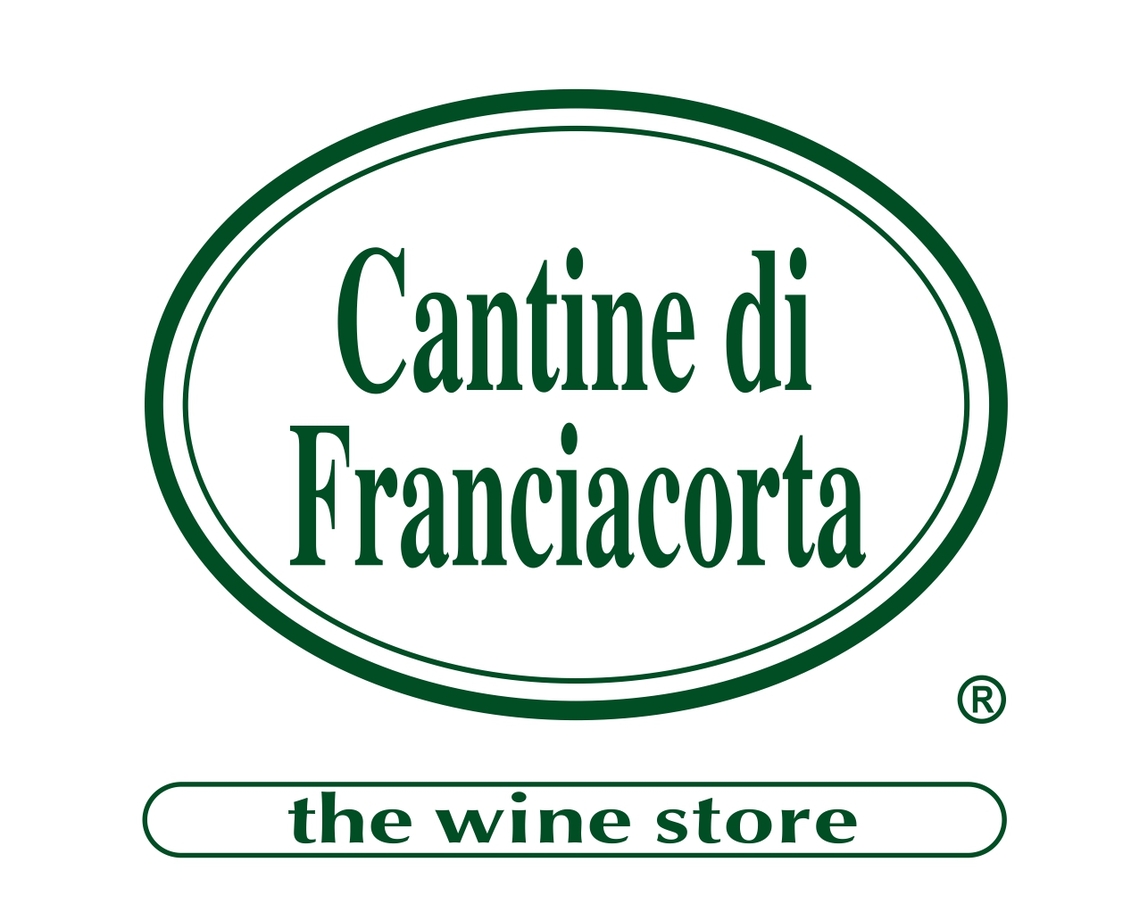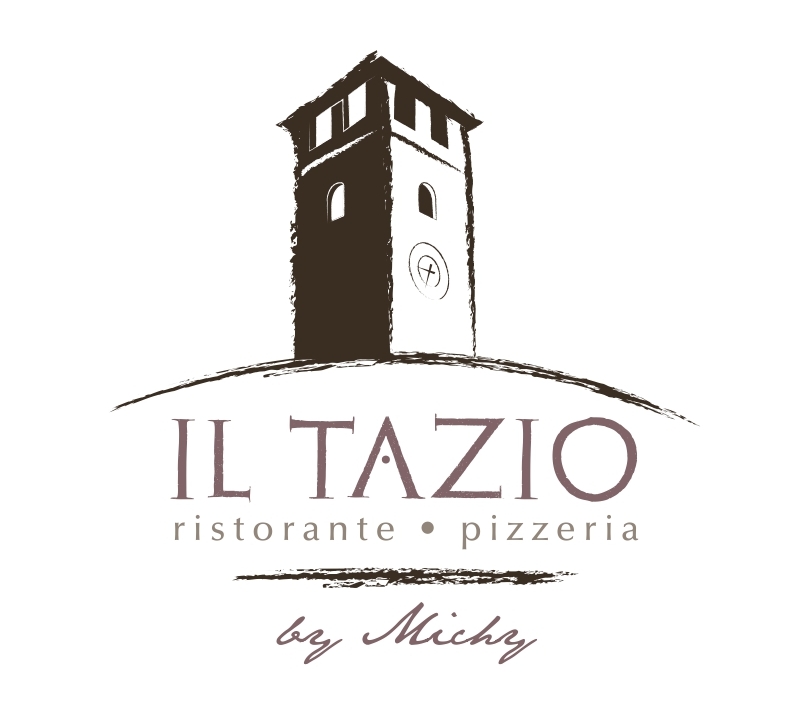Church of San Bernardo di Chiaravalle in Collepiano
Collepiano, a hamlet in the Eastern part of the municipality of Marone, is located in a hilly area on a slight slope. The inhabited centre with agricultural connotations develops around the church of San Bernardo di Chiaravalle, founder of the Cistercian order and protector of beekeepers and ceraiuoli. The church is located on the route of the ‘Valeriana’ road, an important communication route between Val Camonica and Brescia. The building is documented in the pastoral visit of Carlo Borromeo in 1580 as a chapel closed by a wooden gate. The current building has a façade articulated by two pairs of pilasters and projecting entablature, ended by the triangular tympanum with a wrought iron cross at the top. At the center of the façade the portal, anticipated by four steps in Sarnico stone, is defined with jambs and coping richly decorated with volutes and vegetal spirals which end at the top with a cross. Above there was a fresco, now no longer legible, depicting St. Bernard; then there is a rectangular window. Two entrances are placed on the sides and, on the left wall, there is the bell tower with relief molding.
The interior has a longitudinal plan, the nave is interspersed with pilasters with Corinthian capitals; the barrel roof rests on a large cornice and, on both sides, there are two decorated windows. In the center there are medallions painted in fresco with the Glory of St. Bernard and St. Bernard chasing away demons (18th Century). The presbytery, raised by two steps in Botticino stone, is quadrangular in shape with a barrel roof with two semicircular openings, the back wall is flat and there is the altarpiece made in stucco in 1707 by Francesco Castellazzi. On the sides there are two wooden statues depicting Sant’Egidio, protector of lepers, and Sant’Isidoro, protector of peasants (19th Century). The altarpiece is the work of Ottavio Amigoni and represents the Madonna con Bambino e San Bernardo Abate; it is a mature work of the artist. The restoration made it possible to read the painting as Lactatio Virginis: Saint Bernard receives a few drops of milk from the Virgin which makes his preaching supernatural. The frontal of the main altar in polychrome marble is to be placed in the first half of the eighteenth Century: it is tripartite with two rectangular pillars on the sides, the flat slab is surrounded by a black frame, in the center there is a four-lobed medallion in white marble with a bas-relief of Saint Bernard chasing away devils. The bas-relief is attributed to the Calegari workshop. In the vault there is a fresco with the Dove of the Holy Spirit and Angels with cartouche (20th century). Two canvases are placed on the right wall of the nave, attributed to Pompeo Ghitti, pupil of Ottavio Amigoni; represent Santa Lucia and Santa Apollonia. The other altarpiece, depicting Saint Anthony of Padua receiving the Child from the hands of the Virgin, is attributed to Domenico Voltolini, a pupil of Andrea Celesti. The church underwent a radical restoration in the 1970s, partly frustrated by a fire that broke out in December 2015.
Antonio Burlotti














